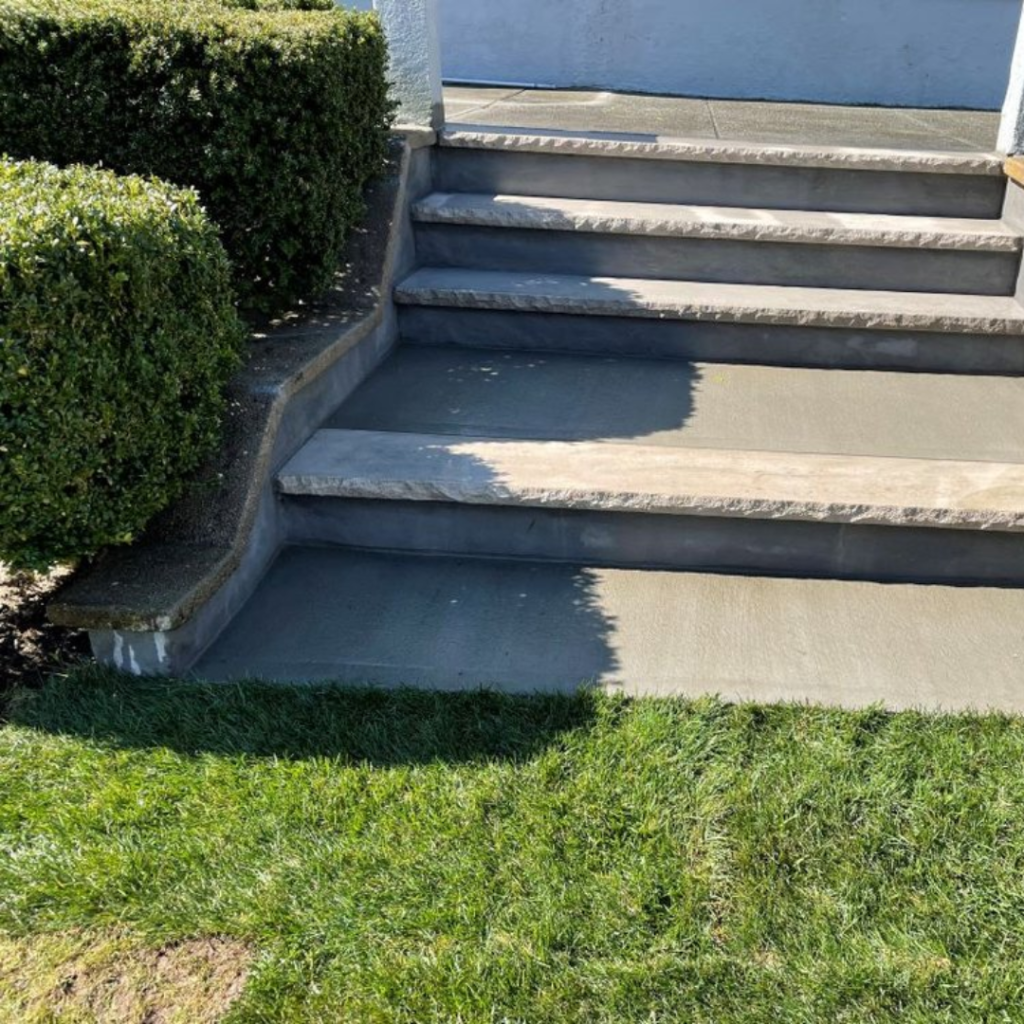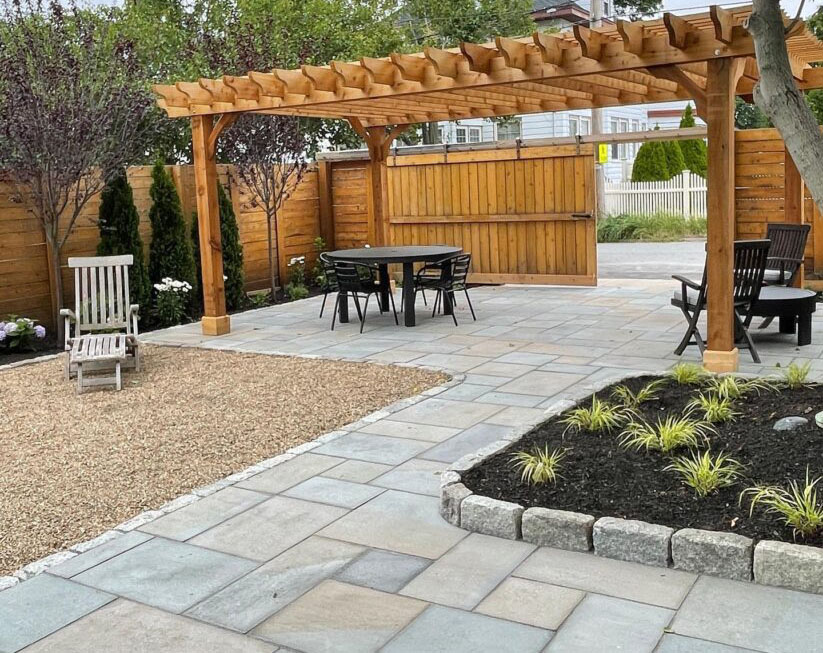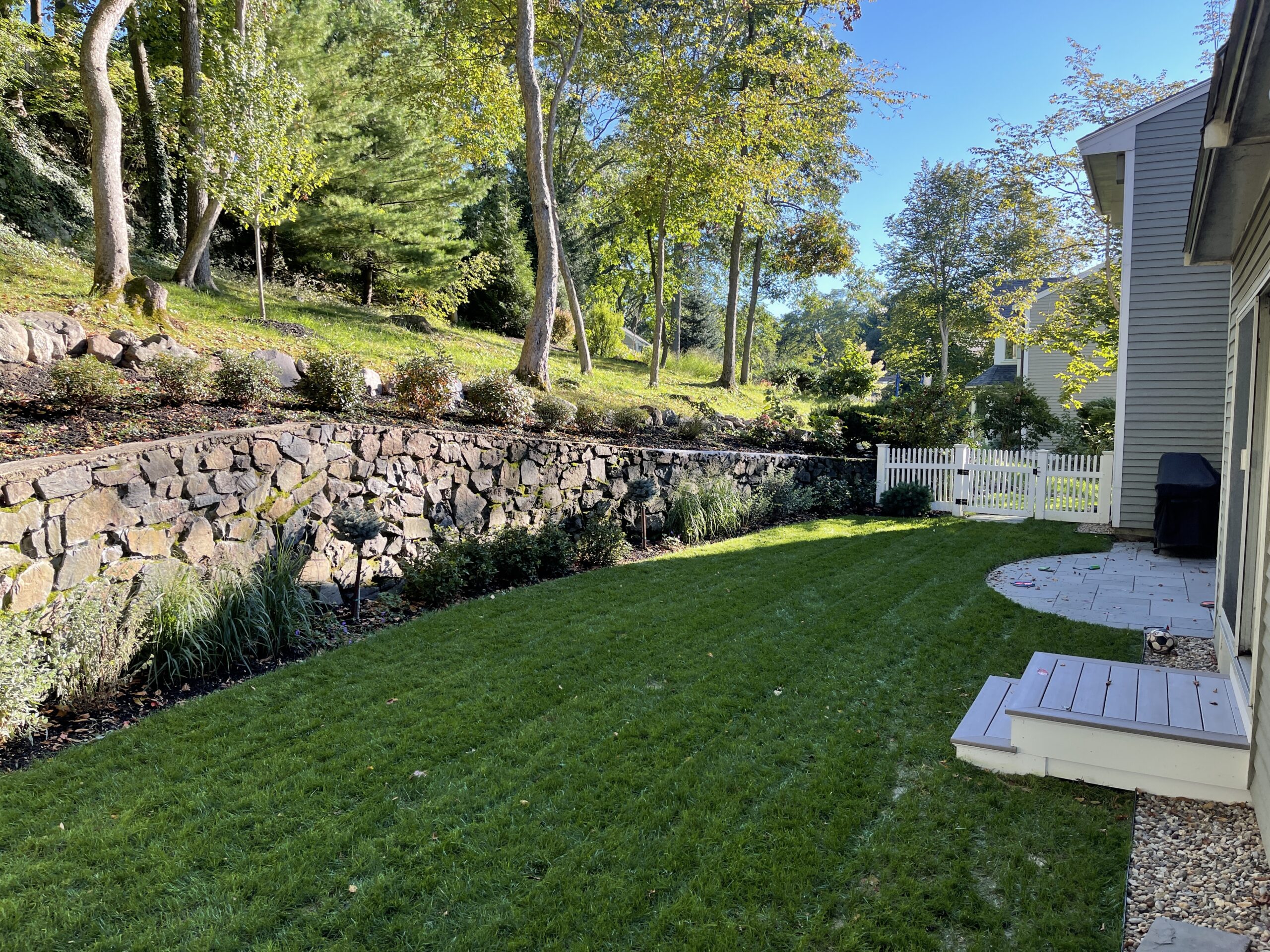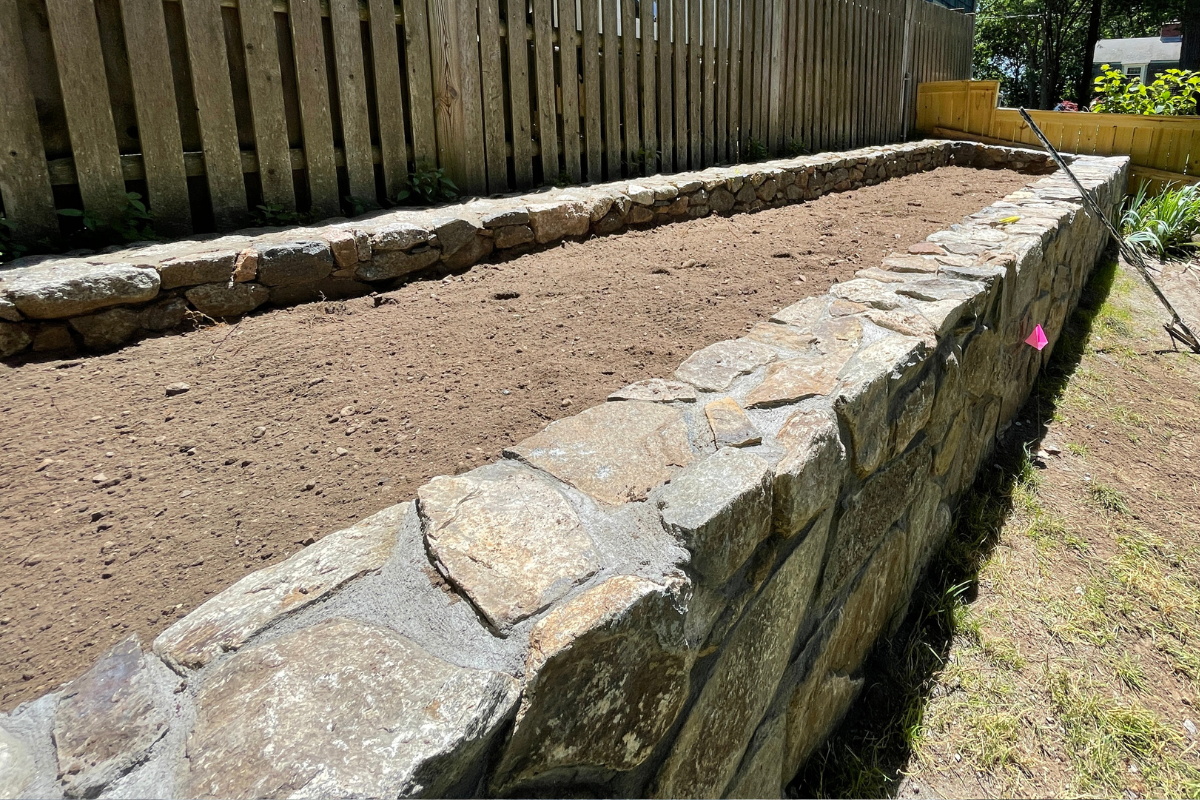
Stone steps are a smart and stylish solution for sloped gardens and patios in the Northeast. They add beauty while making outdoor spaces safer and easier to use. Whether your yard has a gentle incline or a steep slope, stone steps offer both form and function. With the right design and materials, your stone steps can become a standout feature in your landscape.
Why Stone Steps Matter in Sloped Landscapes
The Northeast is known for its hilly terrain and uneven yards. Instead of fighting the slope, you can work with it. Stone steps help you navigate your yard while keeping it visually appealing. They connect patios, garden beds, driveways, and other outdoor features with ease.
Stone steps aren’t just practical—they add depth, texture, and elegance to your outdoor space. When designed correctly, they improve safety, reduce erosion, and enhance the natural flow of your yard.
Choosing the Right Stone for Your Steps
Not all stone is the same. Different types work better for different slope gradients. Here are popular stone choices, each with its own style and use:
1. Granite Steps for Steep Slopes
Granite is one of the strongest stones available. It’s perfect for steep inclines where durability matters most. Granite steps resist wear, weather, and moisture. Their non-slip surface makes them safe, even in wet or icy conditions. Available in gray, pink, or salt-and-pepper tones, granite brings a polished yet rugged feel.
2. Bluestone Steps for Moderate Grades
Bluestone is ideal for mid-range slopes. It’s durable and naturally textured, which helps prevent slipping. Bluestone steps blend well with patios made from the same material, creating a unified look. Their deep blue-gray color works beautifully with both rustic and modern landscapes.
3. Fieldstone for Natural and Gentle Slopes
Fieldstone has an irregular shape and rustic texture. It’s a great choice for gentle grades and naturalistic landscapes. Fieldstone steps look like they’ve always belonged in the yard. Use large, flat stones set into the slope for a casual, garden path feel.
4. Flagstone for Informal Garden Paths
Flagstone works best on slopes that aren’t too steep. These large, flat stones create wide, comfortable steps. Their irregular shape makes them perfect for informal garden paths. Flagstone steps can be laid with slight gaps, allowing groundcover to grow between them.
5. Limestone for Soft-Toned Landscapes
Limestone has a smooth texture and light color palette. It’s a good fit for modern homes or soft landscape designs. Limestone works well on moderate slopes and pairs beautifully with matching retaining walls or patios.
Matching Steps to Slope: Design Tips by Grade
The design of your stone steps depends on your slope’s steepness. Here are tips to match the style to the terrain:
Mild Slopes (0-10% Grade)
- Use wide, shallow steps with longer treads.
- Choose natural stone slabs like fieldstone or flagstone.
- Steps can be spaced apart and blended with plantings.
- Add a low stone riser to mark each transition.
Moderate Slopes (10-20% Grade)
- Install well-defined risers with consistent height.
- Bluestone or limestone works well for balance and safety.
- Use landing spaces or short runs of steps to reduce strain.
- Integrate lighting into the step edges or sidewalls.
Steep Slopes (20%+ Grade)
- Use heavy-duty stones like granite or cut bluestone.
- Keep risers even and treads deep for stability.
- Add railings or stone sidewalls for support.
- Build retaining walls beside steps to hold the slope.
Combining Form and Function in Step Design
Stone steps should work hard and look good at the same time. Here’s how to blend beauty with practicality:
Define Transitions Clearly
Steps help define movement through your yard. Use them to guide the eye and the foot traffic. Place them where people naturally walk—between doors, patios, driveways, or gardens.
Make Steps Comfortable to Use
Keep tread depth between 12-18 inches. Aim for risers around 6 inches tall. These dimensions are safe, comfortable, and easy to walk on.
Add Stone Landings
Flat landings between sets of steps create resting points. They also add visual rhythm to the staircase. Landings can double as mini patios or planting areas.
Include Built-In Lighting
Lighting adds safety and elegance. Install low-voltage lights under step edges or along sidewalls. Solar lights are another great option for eco-friendly designs.
Pair with Retaining Walls
Retaining walls and stone steps often go hand-in-hand. Walls hold back soil and shape the slope. Together, they create structure and balance in your landscape.
Blend with Surrounding Features
Choose stone that matches or complements other hardscaping elements. This gives your landscape a polished, well-planned appearance. Stone steps should feel like a natural part of the patio or garden—not an afterthought.
Planting Around Stone Steps
Stone steps look even better when softened with plants. Add greenery around each side for a lush, layered look. Consider low-growing groundcovers like creeping thyme or sedum. These plants fill gaps, reduce erosion, and add color without crowding the steps.
In shadier areas, try ferns or hostas for a woodland feel. For sunny spots, lavender, catmint, or ornamental grasses offer movement and fragrance.
Popular Stone Step Styles in Northeast Landscapes
Here are a few styles homeowners love in the Northeast:
- Terraced Garden Steps: Stone steps paired with planting beds and retaining walls.
- Rustic Hillside Pathways: Natural stone slabs leading through wooded or sloped gardens.
- Formal Staircases: Cut granite or bluestone steps with clean lines and smooth finishes.
- Integrated Patios: Steps that flow directly into patios or outdoor kitchen areas.
Work with a Local Hardscaping Expert
Stone steps require skill and precision. A professional team like Lassana’s Landscaping understands how to build steps that last. They consider slope, drainage, foot traffic, and style in every design. Their expertise ensures your steps are beautiful, safe, and functional for years to come.
From choosing the right stone to matching your patio design, Lassana’s team can create a layout that fits your property and your goals.
Final Thoughts
Stone steps are a smart way to combine function and style in sloped gardens and patios. The right design brings safety, beauty, and lasting value to your landscape. Whether your yard needs a gentle garden path or a strong staircase, stone steps offer a timeless solution that blends with your natural surroundings.




